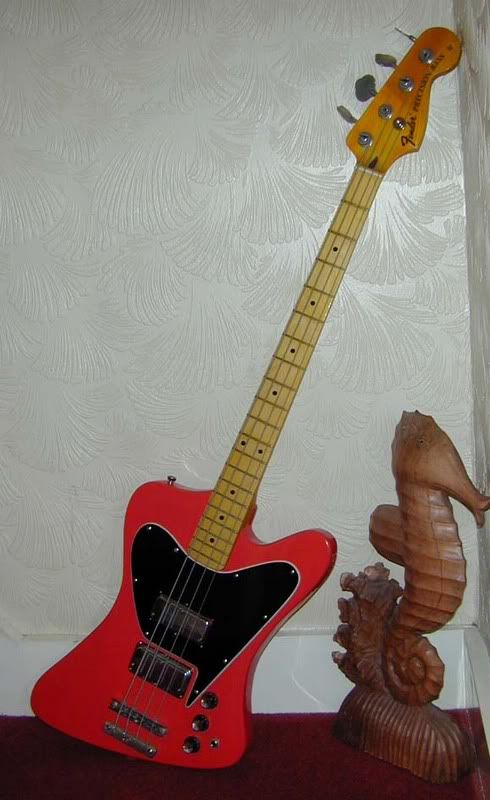Unfortunately I didnt think to take an actual “before” picture of this instrument, but this guitar had been modified to play left handed with a new bridge, had gold Grover tuners installed, had the headstock stripped and unfortunately had the top stripped, stained and then refinished in what appeared to be shellac with a brush. Do not do this to your vintage Gibson acoustics !!!
The shellac refin was an orangey-brown color – dark enough that the beautiful tortoise-shell binding used on these guitars was hardly visible. The challenge was to try to refinish the top and lighten it up as close to what an aged natural finish on spruce would have looked like.
The inital step was to remove the shellac finish – I initially worked in a small area, just using acetone and a rag, and the finish did soften and start to come off, but this was going to take too long and I wouldn’ty be able to use the acetone near the bindings on edges and the soundhole anyway, as it would dissolve them. So I used a milder type of finish stripper, called Citrix, which is somehow made from oranges (?) and will dissolve many finishes without attacking plastic bindings. It will not work on “plastic” finishes however, such as polyurethane or polyester (think Squier Strat). I stuffed the soundhole with newspaper and paper towel to keep everything out of the guitar. This picture is after the first round of stripping, with the edges still left largely unstripped (note the color on the edges) and no sanding yet.

The top was finally completely stripped of shellac, but it was obvious that the top had been stained prior to being refinished. My hope was that the stain hadn’t penetrated very far, and that by carefully sanding the top I could remove a thin, thin layer of wood and the stain. Obviously, I didn’t want to effectively thin down the top, as the top is the primary contributor to an acoustic guitar’s sound – as well as being structurally critical. After sanding and wiping down with denatured alcohol, this is what the top looked like – much better, but not bare wood.

I also sanded the finish that had been allowed to run onto the edge binding – notice how you can really start to see the tortoise shell now !
After confering with the owner, I decided to attempt to bleach the top to see if more of the stain would come off and also to even out the color of the top. After looking online, it appeared that there were three approaches to bleaching wood: oxalic acid, a peroxide solution and good old chlorine bleach. Each approach works on different types of stains – for example, oxalic acid is good for rust stains – bleach was the only approach that was identified as possibly working on dye stain. I was a bit hesitant to try the bleaching, out of fear of warping the top, but as I said, I conferred with the owner and gave it a shot. I brushed the bleach on, undiluted, and let it sit for approximately 8 hours before sponging and toweling off the top repeatedly with clean cool water.

The net result – well – maybe it lightened it up a bit, but nothing really dramatic (the top is wet in the picture above). I don’t think I’d try this approach again – as its risky with a non-solid body instrument, and I think that most wood dyes are not bleachable – they are designed to last !!
So then, the top was ready for a new finish – after some more fine sanding to remove any grain that had been raised by the water in the bleach and the rinsing process. I used a gloss nitro that had a bit of a natural amber tint – and sprayed on several good heavy coats.

Note that the finish was still a bit uneven due to the stain having penetrated deeper into the wood in some areas – and not at all on one end of the bridge because glue from the new bridge had sealed the grain. If you are going to stain your natural vintage guitar, do me a favor and first spray a nice thin coat of clear over the whole thing, and then in 10 years when you want me to refinish it natural, it will be a lot easier !!
What I did to even out the finish definitely falls into the category of “art” as opposed to “science” – I took a rag and some Minwax cherry stain (left over from doing doors in my house) – rubbed the rag on a scrap piece of wood to get most of the stain off – and the gently rubbed the lighter areas with the rag – so that just a little bit of the cherry stain (an orangey brown color actually) rubbed onto the new lacquer finish. I was able to even out the top using this approach, without darkening the overall top. I then sprayed a few more coats of clear onto the top, before wet sanding the entire top and hand buffing it. I wasnt going for a mirror gloss finish – the overall finish is quite thin as it should be – primarily there to protect the wood and still show off the grain.
I resprayed the headstock gloss black and applied a headstock logo the owner had – the end result, while not looking like an unmolested Gibson Heritage should look, looked much better than it had. I also lightly wet sanded areas of the rosewood sides and back that had been scuffed up or had remnants of shellac on them and then buffed them out to reveal the amazing wood.

























